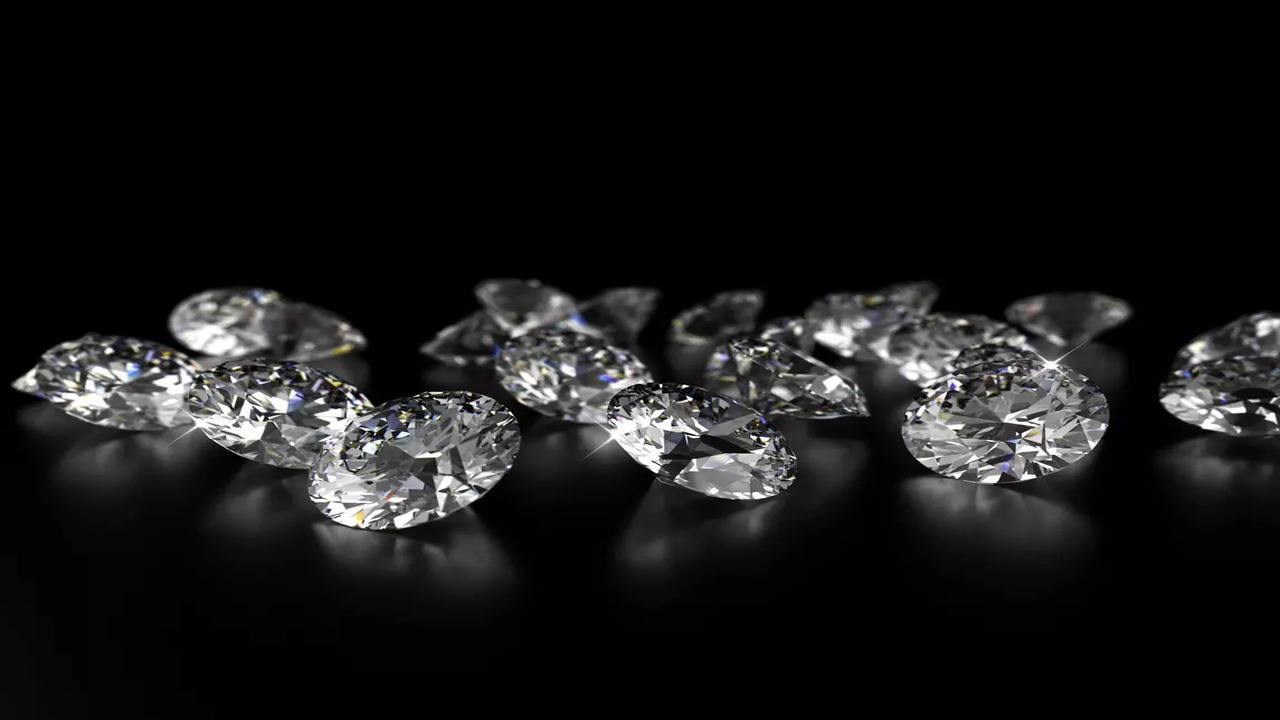
Art, in all its forms, has a way of speaking to the human spirit. Whether through visual expression, sound, or performance, creativity brings people together and preserves cultural moments. Two art forms that have become increasingly intertwined are gallery music and music photography. Each represents a unique way of experiencing creativity, and when combined, they create a powerful cultural and sensory experience.
What is Gallery Music?
The term gallery music can be interpreted in a few ways. On one hand, it refers to music that is presented or performed in a gallery space, often in connection with visual art exhibits. On the other hand, it represents a genre of music curated to complement and enhance the gallery experience, providing a soundtrack to visual exploration.
Walking through an art gallery while soft, atmospheric music plays in the background allows visitors to immerse themselves more deeply into the creative process. The sound shapes perception, influences emotions, and changes the way people interact with the art in front of them. Gallery music often includes instrumental, ambient, or experimental compositions, but it can also feature live performances, bringing together audiences of both music and visual art.
The Role of Music Photography
While gallery music brings sound into the art world, music photography captures its essence visually. Music itself is intangible—it can be heard and felt, but not seen. Photography bridges this gap, giving sound a visual identity. Whether through portraits of musicians, live performance shots, or conceptual imagery inspired by a particular genre, music photography allows audiences to experience sound through still images.
This form of photography is about more than documenting events—it’s about capturing energy, emotion, and movement. A photograph of a singer mid-performance, or a band lit dramatically on stage, can tell a story that resonates even when the music isn’t playing. Over time, these images also serve as cultural archives, preserving moments that define eras in music history.
Where Gallery Music and Music Photography Meet
The intersection of gallery music and music photography is where the worlds of sound and sight come together. Many art galleries host exhibitions dedicated to music photography, displaying iconic portraits of legendary artists, behind-the-scenes looks at tours, or experimental photo series inspired by sound.
These exhibits often pair visual works with music. Imagine walking into a gallery filled with photographs of jazz musicians while jazz plays in the background. The synergy between gallery music and the displayed imagery amplifies the experience, allowing visitors to not only see but also feel the music’s presence. This multisensory approach creates a deeper emotional connection for the audience.
Why These Art Forms Matter
Both gallery music and music photography enrich the cultural landscape. Music enhances the experience of visual art by adding atmosphere, mood, and rhythm to the environment. Photography, meanwhile, provides a lasting record of music’s impact on individuals and society.
Together, they highlight how interconnected creative mediums can be. An exhibition may use music photography to tell the story of a particular band or genre, while gallery music sets the emotional tone for viewers to engage with those images. This combination emphasizes how art forms complement one another, deepening our understanding and appreciation of both.
The Digital Shift: Online Galleries
In today’s digital-first world, the way we experience both gallery music and music photography has expanded beyond physical spaces. Online platforms now allow artists, photographers, and curators to bring these art forms to audiences worldwide.
A digital music photography exhibit, for example, might include an online gallery of high-resolution images paired with an embedded playlist or live-streamed gallery music performance. This integration ensures that audiences can enjoy the multisensory experience from anywhere, breaking down geographical barriers while maintaining cultural richness.
The Emotional Impact of Gallery Music and Music Photography
One of the reasons these art forms resonate so strongly is their emotional power. Music alone can stir memories and feelings, while photography captures fleeting moments in a way that feels timeless. When combined, the result is an immersive encounter that engages multiple senses and makes a lasting impression.
For musicians, music photography becomes part of their identity, helping shape the way audiences remember them. For curators, gallery music provides a tool to set the tone and atmosphere within exhibitions. And for audiences, the pairing of the two creates an environment where art becomes more than something to observe—it becomes something to feel.
The Future of Gallery Music and Music Photography
As technology advances, the potential for blending gallery music with music photography continues to expand. Virtual and augmented reality may soon allow viewers to walk through immersive exhibits where they not only see music-inspired photography but also experience 3D soundscapes accompanying the visuals.
This future points to a world where art is not confined to one form but exists in a hybrid state—where sound, vision, and technology merge to create new forms of expression.
Both gallery music and music photography are powerful reminders of how interconnected the arts truly are. Music adds depth to the gallery experience, while photography makes music visible and memorable. Together, they create a unique cultural dialogue that bridges sound and sight, past and present, tradition and innovation.
In an age where art is more accessible than ever, these two creative forms will continue to evolve, inspiring audiences and reminding us of the timeless connection between music and imagery. Whether experienced in person or through digital platforms, the harmony of gallery music and music photography offers a rich, sensory journey into the heart of artistic expression.



